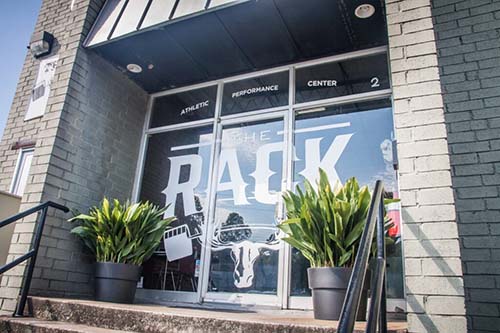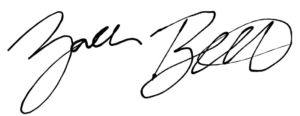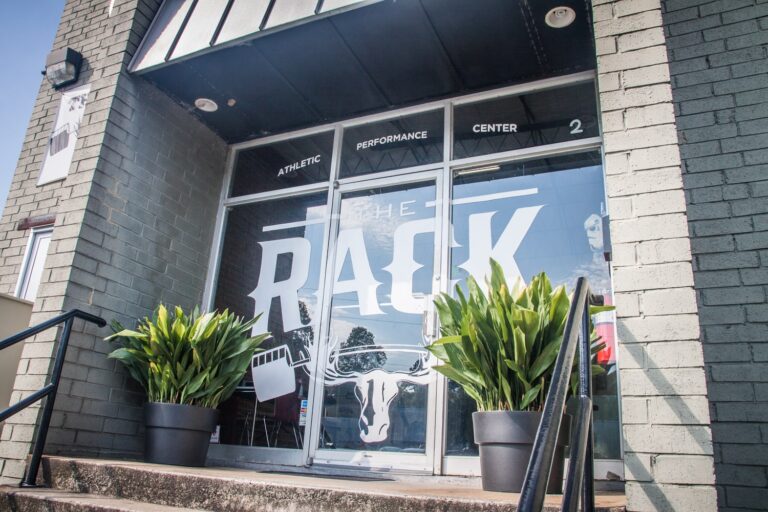You’re only as strong as your weakest link

Busting Plateaus: What Works?
I’m sure, like any other lifter, you’ve experienced a stagnant period in your training where your overall output (your 1RM) levels off. You become stuck and can’t seem to bust through that door that’s holding you back. You rack your brain on why you’re stuck and just can’t seem to figure out what’s going on. You train properly, your diet is healthy, your recovery is more than adequate, but that weight isn’t getting any easier. In the performance world, we call this a plateau. The following are a just a few ways to bust those plateaus and break out of the stagnation that has become your training.
Train the sticking/weak point
This training focus targets a specific range of motion rather than a specific muscle group. For example, if you tend to lose a deadlift at or near the top of the lift, practicing heavy rack pulls can be beneficial.
- This method is easily applicable to beginning or experienced weightlifters.
- This assists performance by sing modified lifts with similar movement patterns, ultimately activating neural adaptations and motor unit recruitment in different manners.
Cluster training/Cluster Sets
Cluster training (CT) is a method of training where an individual loads a bar, performs a repetition of the lift, and then rests for a prescribed amount of time before the next repetition. This may sound crazy to some lifters, but it taxes the nervous system more and more as the lift continues causing adaptation to occur. Some benefits are listed below:
- CT can allow athletes to undergo heavier loads for an extended period as they rest in between repetitions.
- CT structures maintain power and velocity whereas traditional sets do not.
- Greater than 20 seconds of rest between reps allow maintenance of technique.
- Time under tension is increased over each set.
Variable Resistance Training
VRT is a way to train using different external modalities to supplement specific lifts. It works by varying resistance on the musculoskeletal system throughout the entire range of motion. One can use cams/levers, chains (linear resistance), or bands (curvilinear resistance) to accomplish this.
- This type of training typically has roughly 20% (or more) of the load lifted coming from an external force causing improvements in velocity and power.
- The main benefit, other than busting a plateau, is that the body may undergo less overall load without giving up overall resistance.
Conclusion
Remember, much like a chain, you’re only as strong as your weakest link. It’s that weak point that will be the limiting factor in a lift. So, adjust your training, undergo different stimuli, and you should see changes start to occur. I’ve listed a few examples of training alterations to help with busting those plateaus below.
Squat
- safety squat
- cambered bar squat
- box squats
Deadlift
- Trap bar DL
- Sumo DL
- RDL
Bench press
- Board press
- Swiss bar press
- Cambered bar press
Zach Bettis
-CSCS


